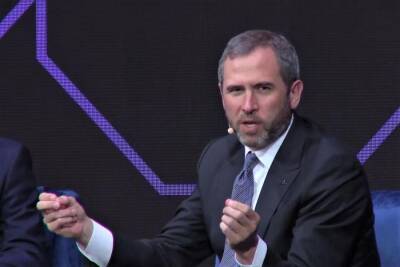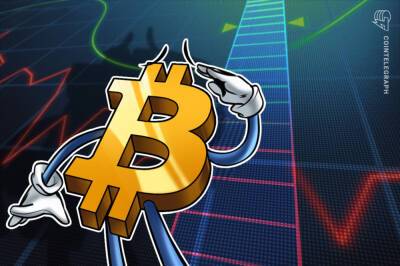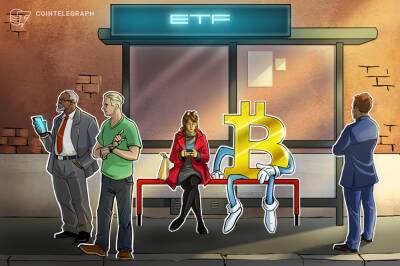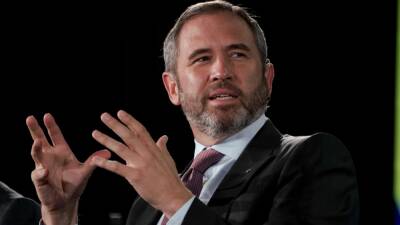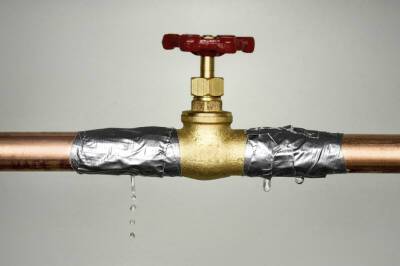Here’s Ripple exec’s take on NFTs on XRP Ledger, Bitcoin’s LN and…
Ripple CTO David Schwartz was the guest this week on the latest episode of the Thinking Crypto podcast. During the same, he discussed the future of NFTs with XLS-20, the Ripple ODL model, and how Ripple ODL is well ahead of any of its competitors.
On the topic of XLS-20, he stated that the issuance of NFTs on XLS-20 started off as a proof of concept. This is now being implemented in code. He further mentioned that the XRP Ledger is a great way to deliver NFTs owing to its green design and the low costs involved. The interoperability of the platform with over 5,000 currencies as a distributed exchange is an added advantage.
When comparing the XRP ledger with the Ethereum network, Schwartz pointed out that, unlike the latter, the XRP ledger doesn’t have the function where one can build their own NFT systems using smart contracts. However, the transaction costs related to the ETH network are much higher than those of the former.
“Because it doesn’t require smart contracts to offer that functionality, it eliminates the risk of smart contract bugs or compatibility between different smart contracts.”
As far as On-Demand Liquidity (ODL) is concerned, David Schwartz also discussed the introduction of the “Liquidity Hub.” In doing so, Schwartz compared it to the original model of XRP tokens that were bought on the open market to be exchanged across countries. Liquidity Hub was introduced to tackle issues of exchange immaturity, downtime, and inability to transfer money in due time.
The Ripple Liquidity Hub can be considered as a transition from RippleNet. In fact, the Liquidity Hub can be considered “a sort of networkizing of ODL.” Here, apart from ease of payments, users can make use of various other services. This makes the payment
Read more on ambcrypto.com


 ambcrypto.com
ambcrypto.com


